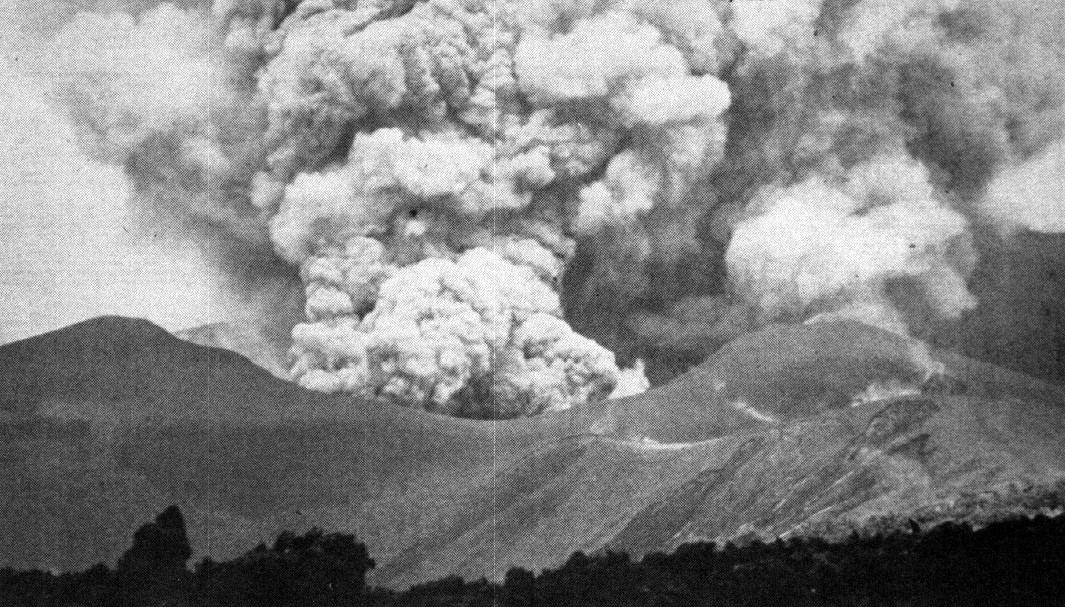




None of the eruptions following the deadly 1965 event caused human fatalities, the island remained uninhabited.
The eruption seems to have started rather abruptly, although slight unrest may have preceeded it. Episodes of unrest at #Taal have been repeatedly observed since the early 1990s. A possible magmatic intrusion occurred in 2010-2011














